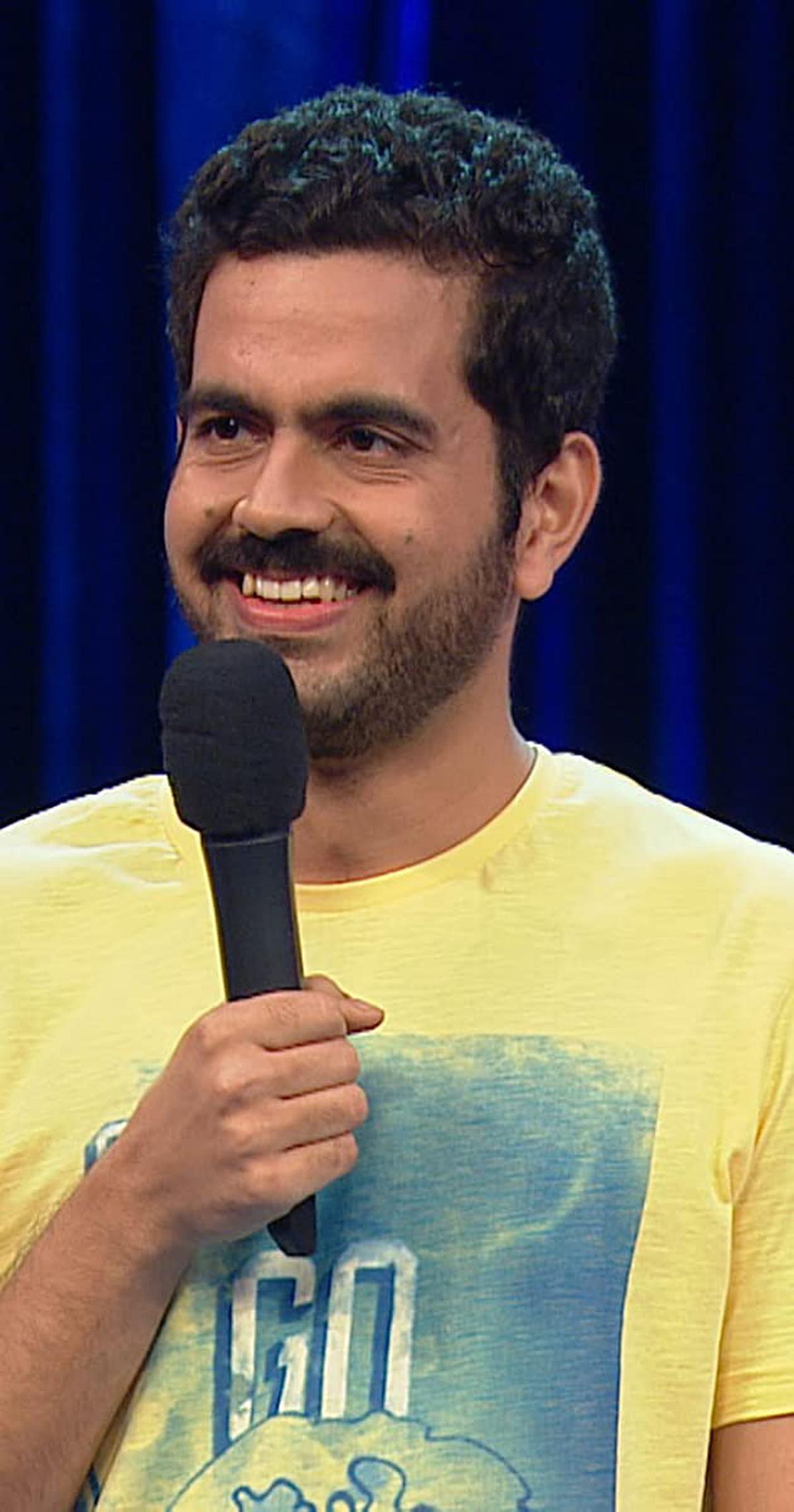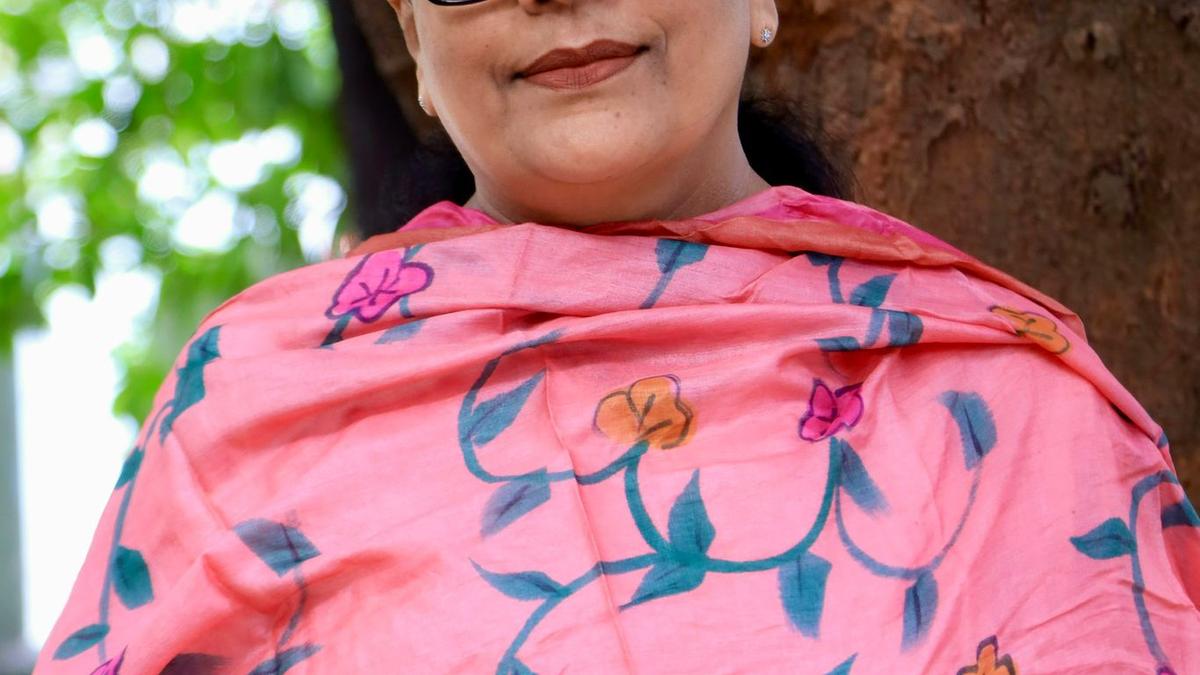Freelance photojournalist Renjith Madhavan has been on an ambitious mission of photographing rivers. Ambitious because he captures semi-abstract images that resemble human forms on the water’s surface. He set out in December 2021, travelling to 22 rivers across 18 Indian states and photographs that emerged are enigmatic reflections of humanoid forms.
Renjith spent days on riversides, waiting for the perfect alignment of light, shadow and movement to click. “As shadows fall on water, they create unexpected patterns, textures and forms,” says Renjith. “The water is like a canvas, reflecting images that cannot be perceived by the eyes. I like to call it Nature’s art,” he adds.
Renjith languished on the banks of the Ganga ghat in Varanasi for five days and he got a picture only at the end of the fifth day. “I keep clicking rapidly, sometimes over 1,000 clicks, and each frame would be different.”
A photo from the Kabani river in Karnataka
| Photo Credit:
Renjith Madhavan
The idea struck him when he serendipitously got photographs from indistinct movements of shadows on river water. “It fascinated me. I started wandering through riverscapes and keenly observing the waters’ surfaces. At times, I could discern shapes that resembled human forms and that is when I decided I would do a photo series on these ‘water humans’,” says Renjith.
Though he started with rivers around his home town in Chalakudy, he expanded his canvas, covering Rameshwaram, Dhanushkodi, Tiruchi, Mysuru, Sangli, Varanasi, Agra, Mathura, Bodhgaya, Delhi, Gujarat, Kolkata, Guwahati and Cherrapunji before proceeding to Rishikesh, Haridwar and Devprayag to Manali, Ladakh and Kashmir.
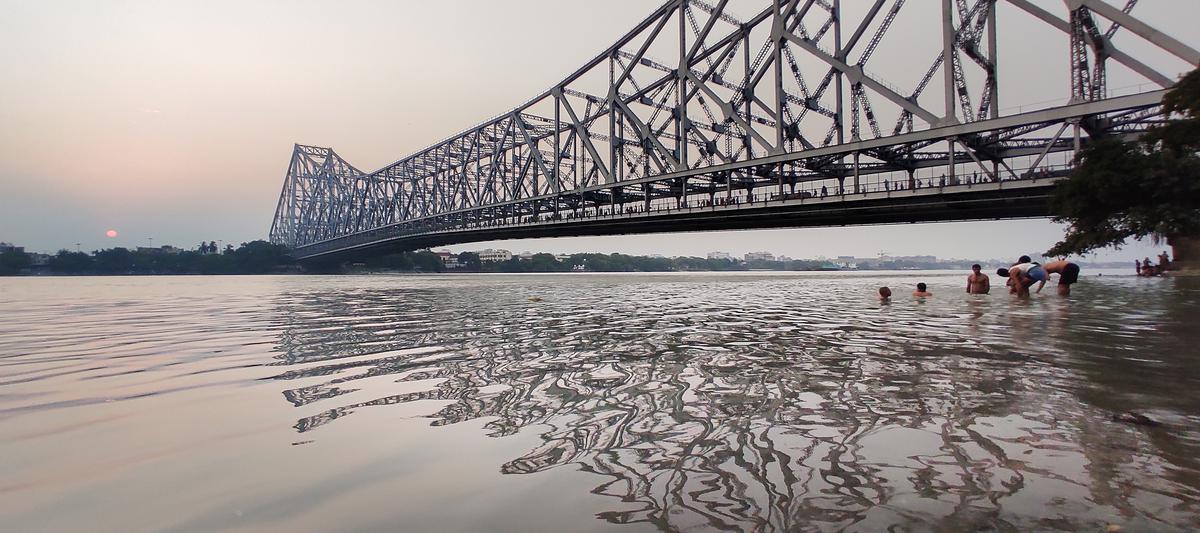
The Howrah bridge casting a shadow over the Hooghly river in Kolkata
| Photo Credit:
Renjith Madhavan
While some rivers relented easily, some others proved tough, recalls Renjith. To get a photo from the Yamuna, he spent days at the Yamuna Ghat in Delhi, but did not get a single good shot; he then went to Agra and attempted to click pictures of the river behind the Taj Mahal, which also proved futile. “It was only in Mathura, near the Vrindavan that I got a picture from the Yamuna,” says Renjith.
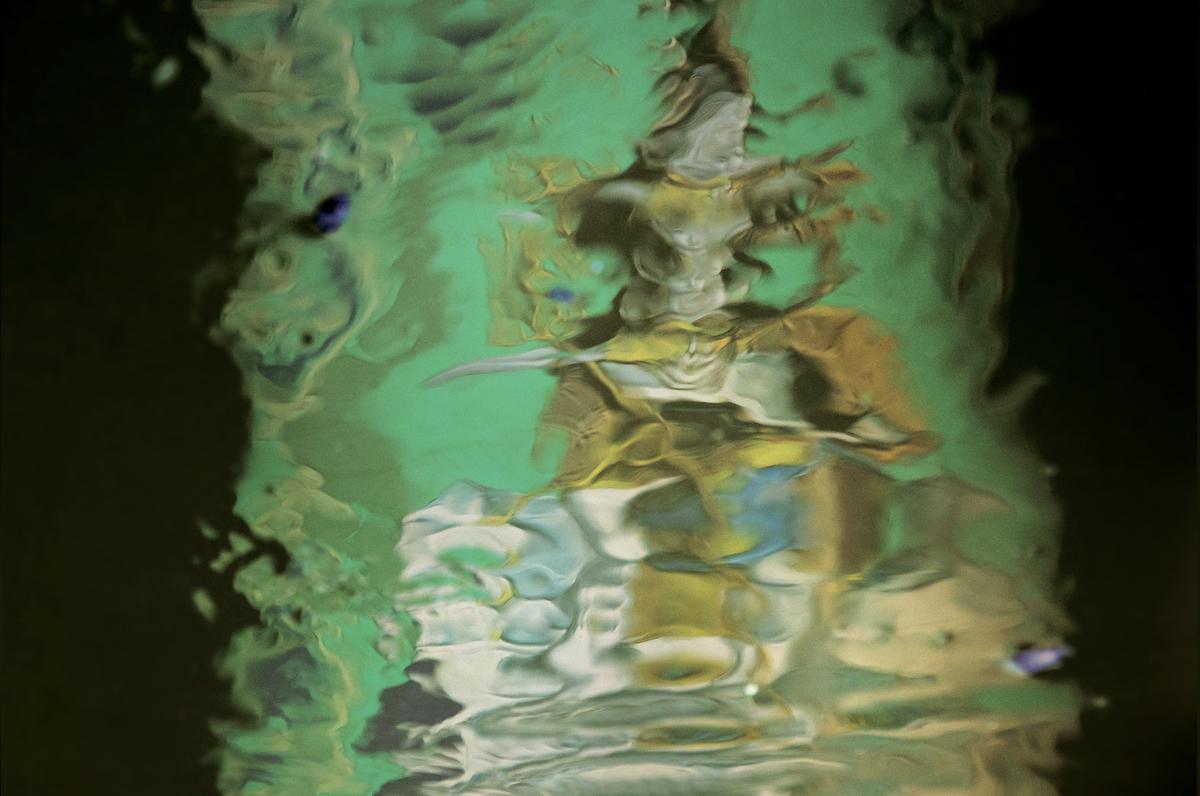
A photo from the Prayagraj Triveni Sangam in Allahabad
| Photo Credit:
Renjith Madhavan
The expedition was by no means easy; consumed by a passion for the project, Renjith quit his job as a journalist for a regional language daily and devoted his time to it, using up all his savings in the process. At several points in his journey, he had to go back to his home in Chalakkudy owing to illness or because he ran out of funds. Some friends and well-wishers helped by crowd-funding the last leg of his trip. Renjith would rely on buses for travel during the night, so he could avoid paying for accommodation. Once he reached a place, he would use Google maps to locate the next river.
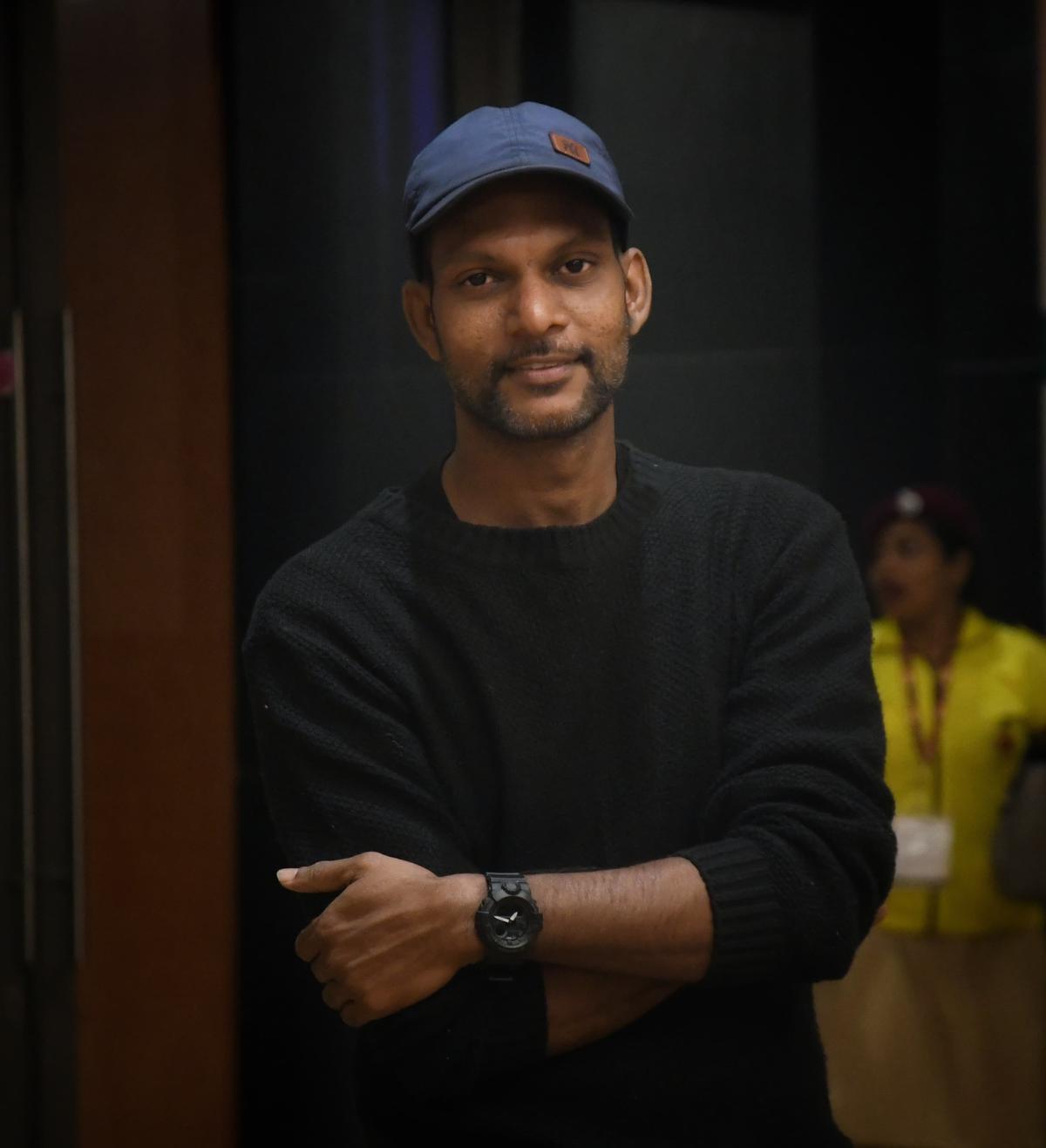
Renjith Madhavan
| Photo Credit:
Special Arrangement
“The whole journey has been arduous, but it has gifted me sights to remember for a lifetime – the vast stretches of land devoid of people near Kabani river at Nanjangud; walking through the Phalgu river, which had dried up and led to vast potato fields; the fluttering blue flags at Vrindavan in Mathura; the crystal waters of lake Dawki in Meghalaya; the snowless, imposing Himalayan ranges at Leh….”
The last photograph in the collection was clicked at Dal Lake in Kashmir and the first was clicked at Bhavanipuzha in Attappady, Kerala.
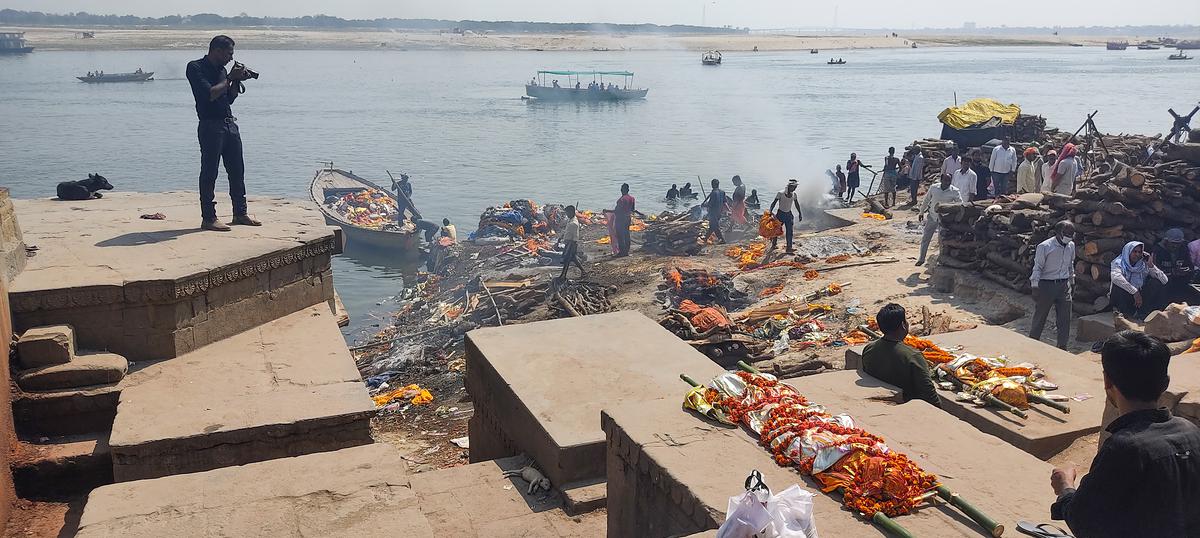
Renjith at the Manikarnika Ghat in Varanasi
| Photo Credit:
Special Arrangement
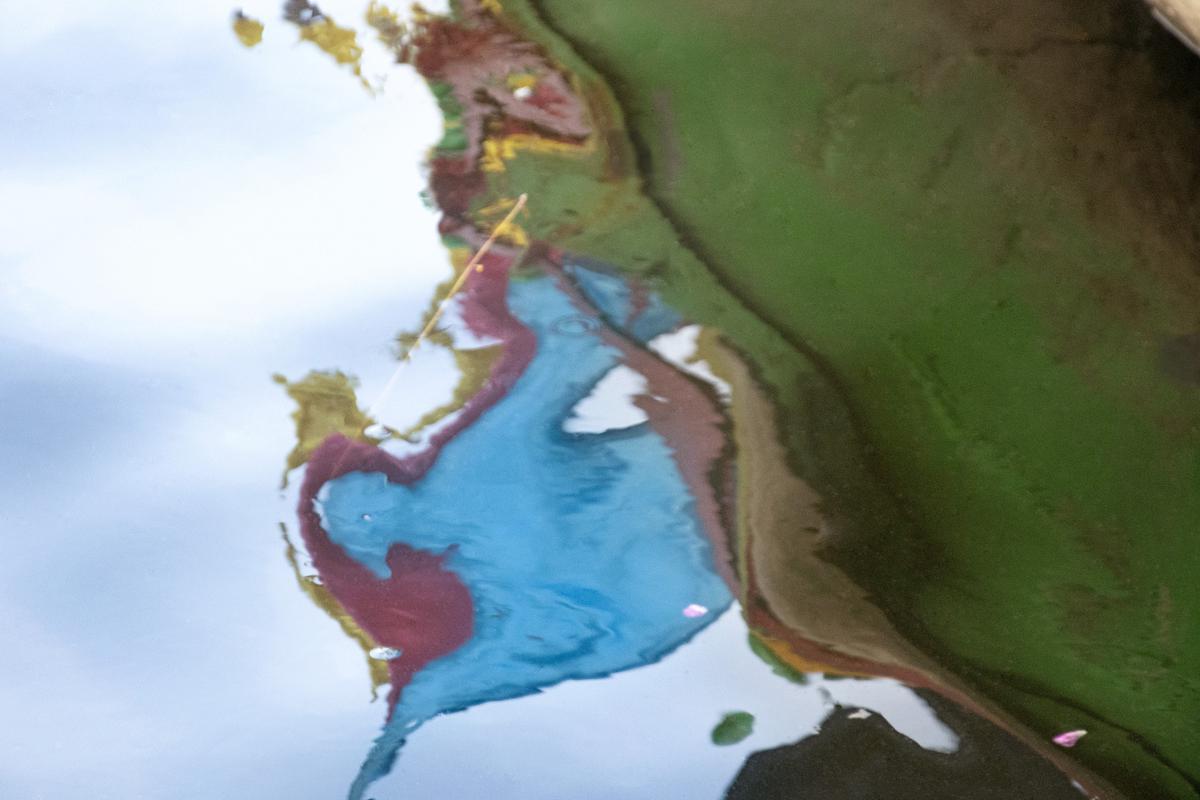
A photo from the Yamuna in Mathura
| Photo Credit:
Renjith Madhavan
A self-taught photographer, Renjith was initially drawn to documentary photography. He has travelled across South India, covering 1,300 kilometres on a bicycle for the project ‘Swaas’, which was shown in 2018. A conservationist at heart, Renjith’s series of photographs, ‘A Biography of the Road’ shows the remains of roadkill. He even made a microfilm, Larka, on this issue, which won the best environmental film at the International Microfilm Festival held in Kochi in 2022.
Four of his photographs from the Transients series were showcased at the Safarnama Visual Art Exhibition organised by the COG India Art Foundation and a solo show of his work, A Portrayal of Indian Rivers, will be held at the Kerala Lalitha Kala Akademi Art Gallery at Kozhikode from November 27 to December 8.
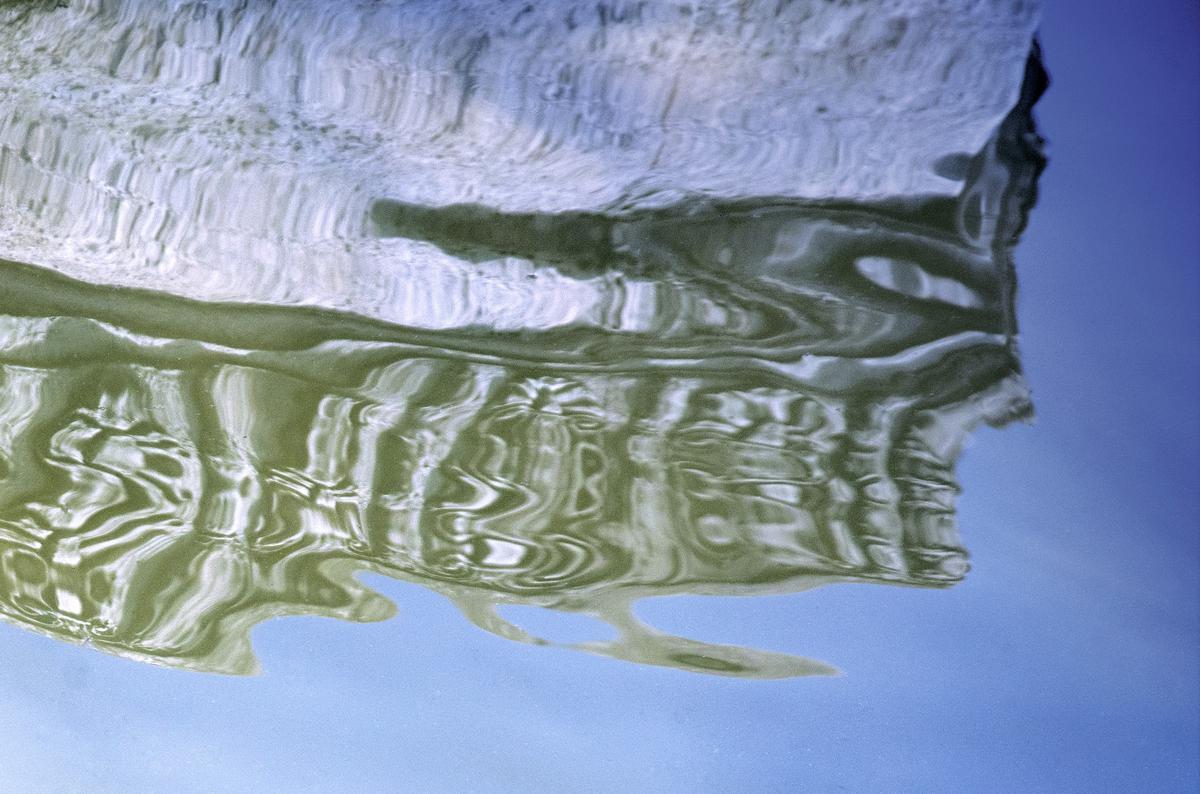
A photo from the Brahmaputra in Assam
| Photo Credit:
Renjith Madhavan
Eventually, Renjith aims to sell the photographs as wall art. This project has been a journey inward as well, he says: “To capture the transience of a moment on camera, one understands, is to let Nature take over. Just as we watch Nature, it watches us.”



